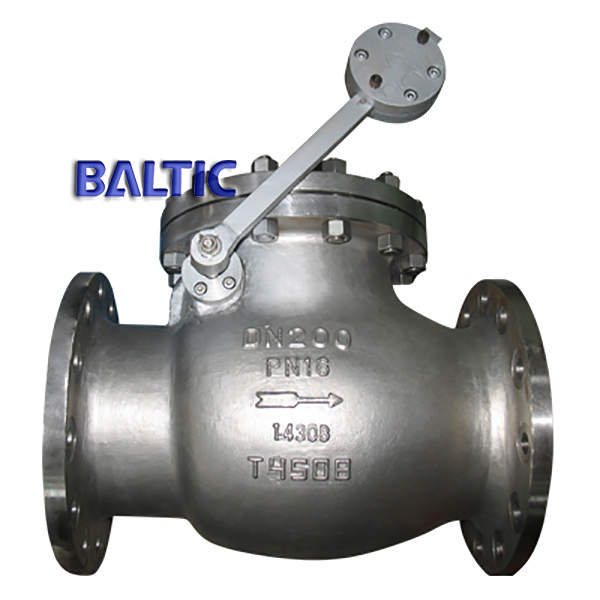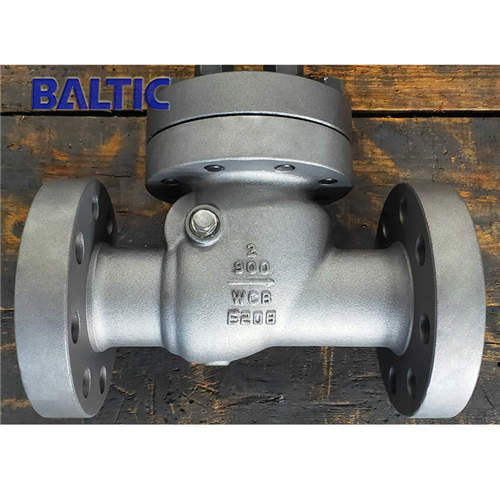

Dual-Plate check valves are suitable for liquid, gas, steam, condensate, water supply, and in oil and natural gas services. Their low weight provides advantages during installation, transport, and storage. They provide excellent hydrodynamic properties that result in very low-pressure losses and they are technically efficient. Dual Plate Check Valveĭual-plate check valves are wafer-type compact valves with a small overall length. However, the non-slam check valves are not piggable. As they consist of only one moving part, the disc itself, non-slam check valves experience minimal wear over time. Stroke, they facilitate quick soft closing of the disc to prevent water hammer. Hence, pressure swings, vibrations, and component damages are ideally eliminated. The main advantage of non-slam check valves is their ability to effectively prevent water hammer. For vertical piping runs or complex applications requiring constant and controllable pressure levels, Non-slam check valves are an ideal solution. Again when the flow decreases, the disc is smoothly pushed back toward the valve seating surface by the spring force and stops. When the flow media is strong enough, the spring compresses and the valve opens. The disc of a non-slam check valve includes an internal spring opposing the opening fluid flow pressure. Slamming preventing excess pressure spikes. Non-slam check valves are specifically designed valves where the closing member close without The quick slamming creates a pressure spike that is a probable cause of water hammer.Check valves have “Dynamic Characteristics”, ie different speeds of response, which determines the maximum reverse velocity, Vr max, and, hence, the degree of “check valve slam”.Different check valves behave differently. Check valves have “dynamic behavior”, ie “speed of response”.The magnitude of the reverse velocity, Vr, causes the phenomenon of “check valve slam”.The mean velocity of the fluid is backward at the instant of closure.Closure of the valve occurs after flow reversal has taken place.But, No check valve is closed at the point of “zero” flow.The ideal check valve is one that closes at the moment the fluid being transported reaches “zero” velocity prior to flow reversal.The check valve slamming phenomenon can be described as follows:

Foot and Duckbill Valve What is Check Valve Slam?


 0 kommentar(er)
0 kommentar(er)
